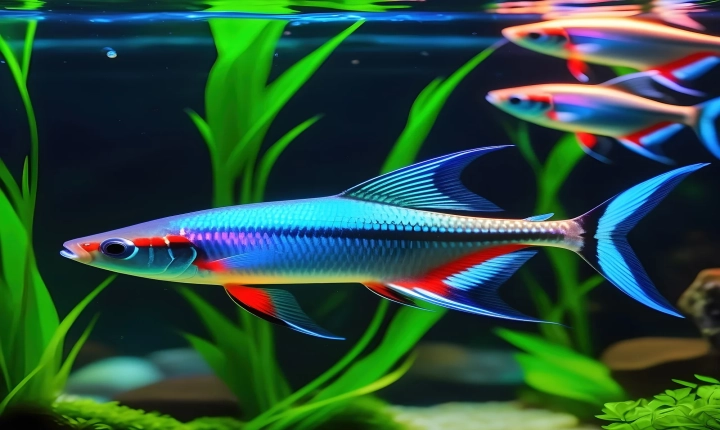In recent years, there has been a surge of interest and excitement around the field of generative AI, particularly in the realm of art and creativity. Generative AI, also known as creative AI or generative adversarial networks (GANs), has been hailed as a groundbreaking technology that can produce art, music, and even writing that is indistinguishable from human-created works. While the potential applications of this technology are indeed fascinating, it’s important not to get swept up in the hype and to critically evaluate the implications and limitations of generative AI.
One of the key dangers of becoming too enamored with the hype around generative AI is the risk of overlooking its limitations and ethical concerns. As with any technology, generative AI is not without its flaws and drawbacks. While it can certainly produce impressive imitations of human-created art, it still lacks the subtlety, nuance, and depth of genuine human creativity. This can lead to a devaluation of human creativity and the perception that AI-generated art is just as valuable as art created by a human artist.
Furthermore, the reliance on generative AI to produce art and other creative works raises important ethical questions. Who owns the art created by AI? Is it the programmer who created the algorithm, the owner of the AI system, or the AI itself? These questions are not easily answered and may have significant implications for the future of intellectual property and creative expression.
Additionally, the hype around generative AI has the potential to overshadow the importance of human creativity and the arts. Instead of focusing solely on the capabilities of AI to mimic human artistry, it is crucial to continue to celebrate and support human artists and their unique perspectives, stories, and experiences.
It is also important to recognize that generative AI is not infallible and can produce biased or controversial content. The algorithms used in generative AI are trained on large datasets, which are often reflective of the biases and prejudices present in society. This can result in the generation of art that perpetuates harmful stereotypes or fails to challenge existing power structures.
Therefore, it is essential to approach generative AI with a critical eye and an awareness of its limitations. While the technology is undeniably impressive and has the potential for positive applications in various fields, it is crucial to remain skeptical of the hype and to consider the ethical, social, and artistic implications of its use.
In conclusion, while generative AI is an exciting and rapidly advancing technology, it is important not to be swayed by the hype surrounding it. Instead, we must critically assess its capabilities, limitations, and ethical implications, and ensure that it is used in a responsible and thoughtful manner. By maintaining a balanced perspective on generative AI, we can harness its potential for innovation while also respecting the value of human creativity and the arts.
